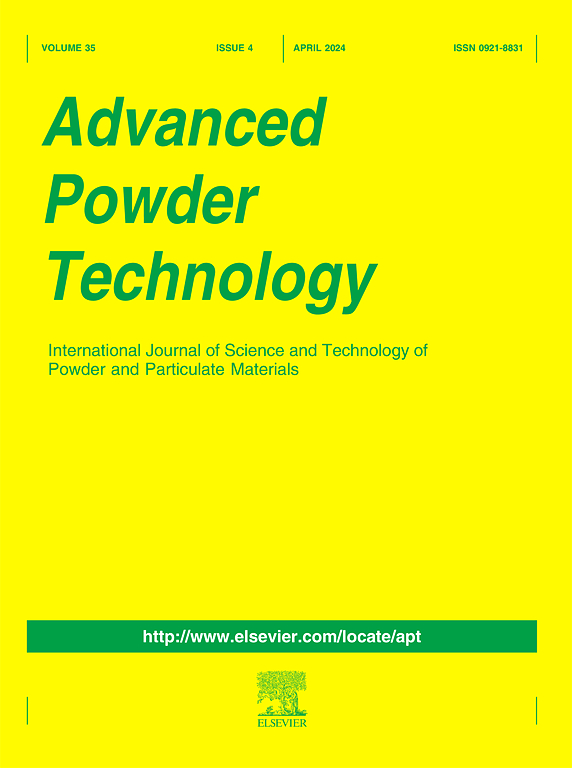Discrete element method in polymer processing – Method for development of material models
IF 4.2
2区 工程技术
Q2 ENGINEERING, CHEMICAL
引用次数: 0
Abstract
Solids conveying can be a key aspect for polymer processing equipment and is typically simulated utilising the Discrete Element Method (DEM). As material models for the DEM are limited in the accuracy of particle shape representation, behaviour of bulk material can deviate between simulations and reality. Therefore, a defined approach for developing material models is required in order to improve the accuracy of numeric simulations. This need is intensified, as recycling processes with direct processing of regrind with complex particle shapes become more common. In this paper, an approach commonly referred to as calibration is applied to several polymer pellets as well as regrind. The approach is altered in order to produce accurate models suited to replicate the conditions (flow conditions, pressure and relative movement) occurring during polymer processing in screw machines. A method for material model development is defined, focusing on calibrating the coefficient of rolling friction based on an angle of repose test and subsequently assessing the representation of the coefficients of friction in a shear cell and bulk density in annular-recess-shaped containers. The developed single- and multi-sphere models can be used for further investigations on the behaviour of polymer processing screw machines.

聚合物加工中的离散元法。材料模型的开发方法
固体输送可能是聚合物加工设备的一个关键方面,通常使用离散元法(DEM)进行模拟。由于基于DEM的材料模型在颗粒形状表征精度上受到限制,导致大块材料的行为在模拟和现实之间存在偏差。因此,为了提高数值模拟的准确性,需要一种明确的方法来开发材料模型。随着直接处理具有复杂颗粒形状的再磨粉的回收过程变得更加普遍,这种需求得到了加强。在本文中,一种通常被称为校准的方法被应用于几种聚合物球团以及再磨。改变方法是为了产生精确的模型,适合于复制在螺旋机中聚合物加工过程中发生的条件(流动条件、压力和相对运动)。定义了一种材料模型开发方法,重点是基于休止角试验校准滚动摩擦系数,随后评估剪切单元中摩擦系数的表示和环形凹形容器中的体积密度。所建立的单球和多球模型可用于进一步研究聚合物加工螺杆机的性能。
本文章由计算机程序翻译,如有差异,请以英文原文为准。
求助全文
约1分钟内获得全文
求助全文
来源期刊

Advanced Powder Technology
工程技术-工程:化工
CiteScore
9.50
自引率
7.70%
发文量
424
审稿时长
55 days
期刊介绍:
The aim of Advanced Powder Technology is to meet the demand for an international journal that integrates all aspects of science and technology research on powder and particulate materials. The journal fulfills this purpose by publishing original research papers, rapid communications, reviews, and translated articles by prominent researchers worldwide.
The editorial work of Advanced Powder Technology, which was founded as the International Journal of the Society of Powder Technology, Japan, is now shared by distinguished board members, who operate in a unique framework designed to respond to the increasing global demand for articles on not only powder and particles, but also on various materials produced from them.
Advanced Powder Technology covers various areas, but a discussion of powder and particles is required in articles. Topics include: Production of powder and particulate materials in gases and liquids(nanoparticles, fine ceramics, pharmaceuticals, novel functional materials, etc.); Aerosol and colloidal processing; Powder and particle characterization; Dynamics and phenomena; Calculation and simulation (CFD, DEM, Monte Carlo method, population balance, etc.); Measurement and control of powder processes; Particle modification; Comminution; Powder handling and operations (storage, transport, granulation, separation, fluidization, etc.)
 求助内容:
求助内容: 应助结果提醒方式:
应助结果提醒方式:


